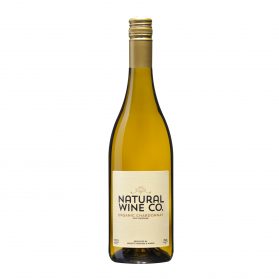- About Us
- Order Direct
- Our Story
- Sustainability
- Our Philosophy
- Awarded Sustainable Vineyard of the Year 2022
- Biodynamics
- Sponsorship – Womens Native Tree Project Trust
- Living Wage Employer
- Salt Marsh Native Tree Reserve
- DIY Compost & Planter Boxes Raised Beds How To
- Cow Dung Pit
- Sward Weed Management
- Creating a Worm Farm
- Creating Bio-diversity – Environmentally Sustainable
- Seaweed, Comfry, Stinging Nette Spray
- Our People
- Keep in Touch
- Menu at Cellar Door
- Our Vineyards
- Videos & Photos
- Employment Opportunities
- Contact Us
- Our Wines
- News Events
- Contact Us
- 中文介紹
- Shop Here
-
Creating a Worm Farm
A friend of ours Peter Zame, Gisborne, New Zealand, set up a worm farm in 2003. At that time I wasn’t that interest in worm farms, but now have realised the benefits they offer and the natural balance they create.
At home we already had a composting heap, that we thought was working fine, although we never seemed to ever get any compost from it. We took the next step and created a worm farm. They are simple to make, you don’t need to go down to the Warehouse and spend $150. The hardest thing is finding the worms. If you know someone with a worm farm, I suggest giving them a call and picking up a handful of these worms and putting them in your worm farm.
Worm Farm Set Up
Equipment: Good clean compost, strong plastic polythene, a tray to put the compost in and tiger worms.

Method:Find an area on your section to put the worm farm, maybe next to your existing compost area. Lay down the polythene on this area, put the tray on top. The polythene underneath the tray will help keep the worms in the worm farm.
Then lay a second layer of polythene in the tray. Cut four crosses in the polythene, this will allow the water to come out of the worm farm if it is raining hard, thus saving your worms from drowning.
Put the compost inside the tray, filling it up. Now you will need some food to put on top, I suggest keeping an icecream container under the sink for this, to store your food scraps. The worms don’t like meat too much, so I would suggest no meat on the worm farm, plus this will help to minimise maggots.
Once you have got some food scraps add them to the top of the worm farm, then apply some grass or weeds to go over the top. This will help the scraps break down and allow the worms to get at them.
Some pointers, worms are hungry, so it is important to keep feeding them, say at least once a week. Also they don’t like it when the compost gets too hot, so be careful not to add too many grass clippings, as this can cause the compost to over cook. Also worms tend to go where there is a mound, so ensure there is a high point in the worm farm, where there is food.
It is also important that the farm doesn’t dry out, so again keep an eye out for this, especially during summer. One way to monitor this is if the soil on top becomes dry, just grab the garden hose and give it some water. Also worms will leave your farm if you don’t have a matt underneath the farm, which stops them from digging into the earth. Good luck, it is heaps of fun.
1 Comment
Leave a Comment
You must be logged in to post a comment.





 Love It Syrah 2023
Love It Syrah 2023 Wrights Reserve Organic Chardonnay Gisborne 2022
Wrights Reserve Organic Chardonnay Gisborne 2022

How To Make A Worm Farm | 7Wins.eu January 21, 2015 at 1:44 pm
EnergyConstruct a Worm Farm from a Fridge/Freezer How to make a wormhive and worm farm. Creating a Worm Farm – Wrights Vineyard and Winery Worm Farming | Deep Green. Check out the URL link.